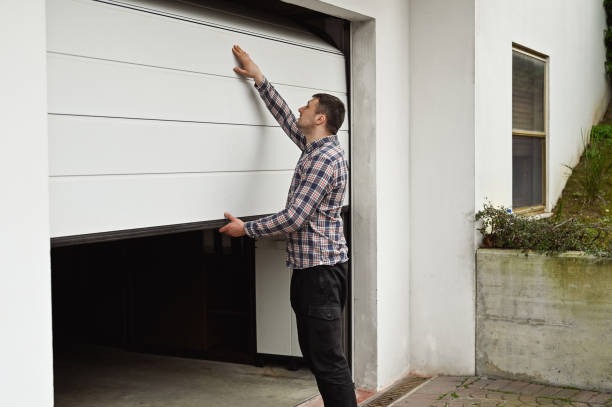Installing an inground pool can be a complex process, but with the right guidance and preparation, it’s entirely possible to undertake. This article provides a step-by-step guide to help you understand what inground pool installation involves.
The first step in installing an inground pool is deciding on its location. The area should be free from overhead power lines and underground utilities. It should also have enough space for the size of the pool you want, plus additional room for decking or landscaping.
Once you’ve chosen your site, it’s time to design your pool. You’ll need to decide on shape, size, depth, and any special features like a diving board or slide. Make sure your design meets all local regulations and codes before proceeding.
Next comes obtaining necessary permits from your local municipality. This can take anywhere from days to weeks depending on where you live so plan accordingly. Once approved, order your pool kit which includes walls (steel or polymer), liner (vinyl), steps (plastic or steel) and coping material (aluminum).
Now that all paperwork is sorted out and materials are ready, it’s time for excavation – marking out the exact dimensions of the swimming pool on the ground using spray paint then digging down deep enough according to your desired depth using heavy machinery such as a backhoe.
After excavation is complete, assemble the walls of your new inground swimming pool according to manufacturer instructions provided in the kit then pour concrete footing around them for stability once they’re set up correctly.
Then install plumbing lines running from skimmers & return jets inside of walls up towards future pump/filter system location outside perimeter before backfilling around entire structure with clean fill dirt compacted tightly against every side ensuring there aren’t any gaps left behind which could cause problems later on down line like leaks or wall collapse due unstable soil conditions beneath surface level.
Next step is laying down sand base at bottom where vinyl liner will sit followed by installation of this protective layer itself, ensuring it’s smooth without any wrinkles or air pockets trapped underneath that could lead to premature wear & tear over time.
Once liner is in place and filled with water, install the coping around the top edge of your pool. This gives it a finished look and provides a place for the pool cover to attach.
The final step is installing your pool equipment – pump, filter, heater (if you have one), and any other accessories like lights or automatic cleaners. Make sure everything is connected properly and test run all systems before using.
inground pool installation requires significant time, effort, and resources but can result in a beautiful backyard oasis that offers endless fun & relaxation for years to come. Always remember safety first during each phase of construction process especially when dealing with heavy machinery or electricity.




